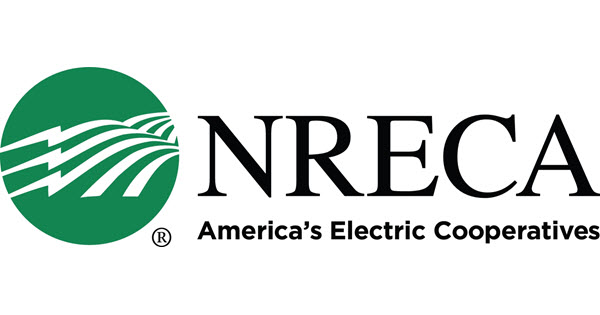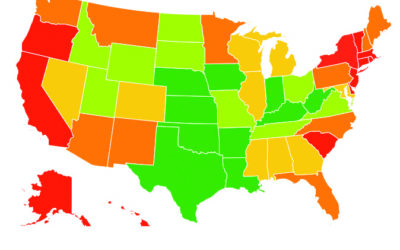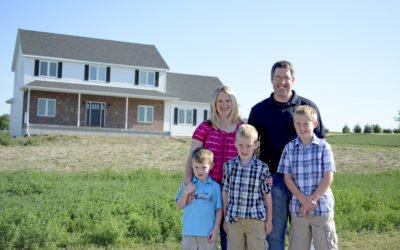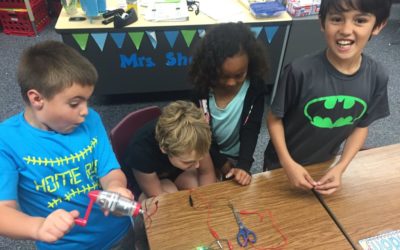Dawson Public Power District is a member of the National Rural Electric Cooperative Association. NRECA works on the behalf of Dawson PPD and other electric providers to advocate for customers. They carry out this work by talking to government officials, members of congress and raising public awareness. The following are a list of NRECA policies supported by Dawson PPD.
A complete listing of NRECA’s policies are available here.
Where we stand
As our nation increasingly relies on electricity to power the economy, keeping the lights on has never been more important. Public power districts and electric cooperatives are committed to powering and empowering local communities at a cost families and businesses can afford.
Policymakers must approach national energy policy with affordability and reliability at the core while also balancing aspiration with reality. They also must recognize the need for time, technology development and new transmission infrastructure before taking our nation down an energy path that prioritizes speed over practicality. NRECA supports efforts to maintain a diverse supply of always available energy technologies that are essential to keeping the lights on.

On the changing energy landscape
The changing energy landscape requires time and technology beyond what is available today. It must be inclusive of all energy sources to maintain the reliable and affordable flow of power that is the cornerstone of the American economy. As a nation, we are trending toward a future that depends on electricity to power more of the economy. Recent modeling by the Electric Power Research Institute concluded that achieving net-zero economy-wide emissions by 2050 could require generation capacity to increase by as much as 480% compared to what is in place today. This increased demand must be accounted for as we plan to meet tomorrow’s energy needs.
“Disorderly” retirement of existing generation
According to the North American Electric Reliability Corp., a not-for-profit entity with regulatory authority over reliability and security of the grid, the “disorderly” retirement of existing generating assets is directly impacting reliability. In the 15 U.S. states covered by the Midcontinent Independent System Operator, the number of warnings issued when electric supply is at risk of not meeting demand quadrupled from 2020 to 2021.
Permitting challenges
The current permitting process required to build, site and maintain electric generation and transmission infrastructure is outdated and a significant impediment to meeting tomorrow’s energy needs. Electrifying other sectors of the economy could require a threefold expansion of the transmission grid by 2050, according to the National Academies of Sciences. Just one new transmission project can take up to 10 years to complete due to regulatory hurdles.
Supply chain
Supply chain delays are contributing to an unprecedented shortage of the basic machinery and grid components essential to ensuring continued reliability of the electric system. Prior to 2021, it took an average of 70 days for an electric co-op to receive a distribution transformer after placing an order. The same order today takes an average of 340 days to fulfill—nearly five times as long. These components play a key role in keeping the lights on.
OTHER NEWS
Between the lines: Rates and affordability
By Gwen Kautz, Dawson PPD General Manager gkautz (at) dawsonpower.com 308-324-2386 The question I get asked most often is whether or not Dawson PPD will have a rate increase. More often than not, I can’t give a black and white answer until our year is coming to a...
The most energy efficient home in Nebraska
When you see the word, ENERGY STAR, you may think of appliances, insulation and light bulbs. But what about a house as a whole? ENERGY STAR Certified Homes are an innovative way to look at new home construction. For one Kearney family, the long-term cost savings was...
Energizing education within the classroom
On the surface, it wouldn’t seem that public power and a classroom are a good fit. What could an electric utility teach students, anyway? But peering in over the edge, it becomes clear: energy education. “Public power utilities can offer schools creative learning...



